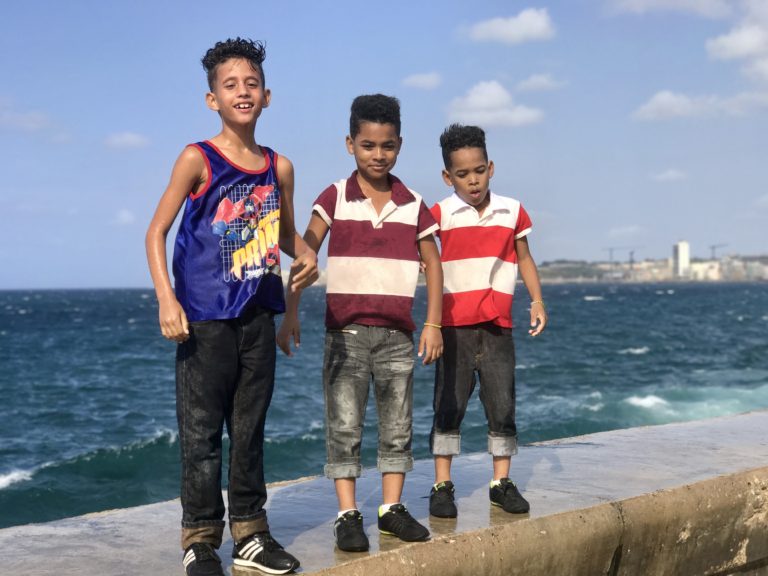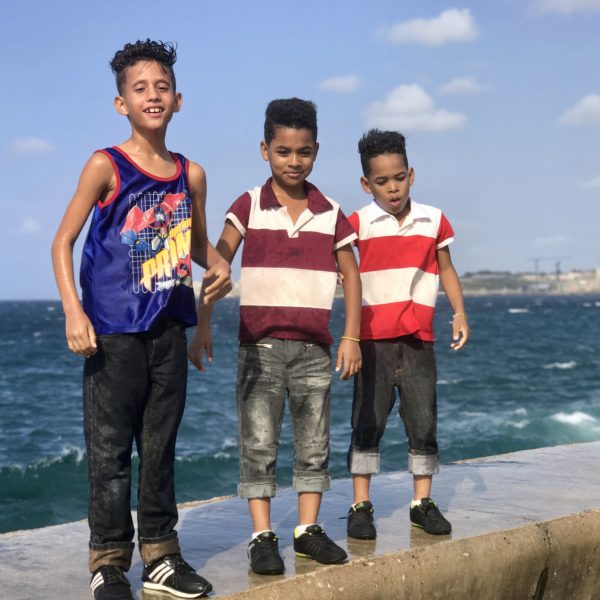
Mobile, Alabama, and Havana, Cuba, have only three things in common – the past, the present and the future. (Southern historian Jay Higginbotham)
With less than 600 nautical miles between their ports, Havana and Mobile share a common history of economic and cultural exchange. Mobile’s historic Sister City relationship with Havana, established in 1993, was the first twinning of American and Cuban cities.
From May 4, 2017 Alabama Contemporary Art Center presents Sister Shores: From Mobile to Havana, a four month exhibition and initiative for community engagement exploring contemporary life in Cuba. The exhibition, whose opening coincides with the launch of Alabama 200, a statewide celebration of Alabama’s Bicentennial, will be accompanied by a robust roster of public and educational programs for all ages. Sister Shores will also introduce the artistic practices and cultural contexts examined in depth in Back to Havana, a survey of twelve of Cuba’s foremost contemporary artists, coming in September 2017.
Taking the artist exchanges of The University of Alabama’s Center for Cuba Collaboration and Scholarship as a model, Alabama Contemporary will facilitate an exchange of digital and multimedia works of art between students enrolled in Cuban and American higher education courses. Students from the University of South Alabama, Mobile (Ramon Deanda, Amanda Youngblood, and Keith Wall) and Instituto Superior de Arte, Havana (Osmel Herrera, Miriannys Montes De Oca Mirabal, and Melisa Manguart González) will present works relating to five thematic sections – home and family, play and recreation, travel and transportation, communications and technology, and dreams.
Alongside this exchange interviews and photography by Lynn Oldshue, director of The Southern Rambler and Our Southern Souls, take the public into the homes of local Cubans through interviews and photography, highlighting the diversity and shared history of Mobile and Havana. A film series showcasing Cuba’s most acclaimed directors and curated by producer and director Gideon Kennedy celebrates the 2017 Alabama Bicentennial theme Discovering our Places.
Sister Shores: From Mobile to Havana is made possible through generous support from The Hearin-Chandler Foundation, The Community Foundation of South Alabama, and The Mobile County Commission. The exhibition and programs were developed in partnership with The City of Mobile, Society Mobile-La Habana, The University of South Alabama, Instituto Superior de Arte, Alabama 200, and Gulf Coast publishers The Southern Rambler and Our Southern Souls.
Back to Havana
In September 2017, Alabama Contemporary Art Center presents Back to Havana. Curated by Director of Exhibitions and Programs Amanda Solley with advisory assistance from artist Aliosky García, Back to Havana features multimedia works of art from 12 Havana-based artists including Kcho, Ibrahim Miranda, Abel Barroso, Aliosky Garcia, Susana Pilar Delahante Matienzo, Dania Fleites, Gustavo del Valle, Ramon Vargas Artiz, Daniel Rodriguez Garcia. The exhibition explores Cuban culture through five categories: home and family, play and recreation, travel and transportation, communications and technology, and dreams.
Back to Havana furthers Alabama Contemporary Art Center’s mission of connecting globally significant ideas, issues, and interests with the region – beginning with Mobile. The exhibition will provide an accurate, up-to-date portrayal of Havana’s citizens while strategically engaging – and forming lasting relationships – with the Mobile community as a whole. Interpretive programming will accompany the exhibit in the form of artist talks and demonstrations, classes, workshops, guided tours, films, performances, and participatory projects.
The exhibition’s five sections will act as point of reference for viewers, while bilingual didactic texts will clarify the associations between artist background, artist intent, materials, imagery, title, and meaning. Participatory zones will also be set up including a Pop-up WiFi lounge with Abel Barroso’s Third World Internet Café installation, a Response Area where visitors can leave comments, drawings, suggestions, and interpretations about the exhibition, and a Study Library, housing related periodicals and texts and a video featuring artist interviews and behind-the-scenes footage from artist’s studios presenting the development and fabrication of the works on display.
